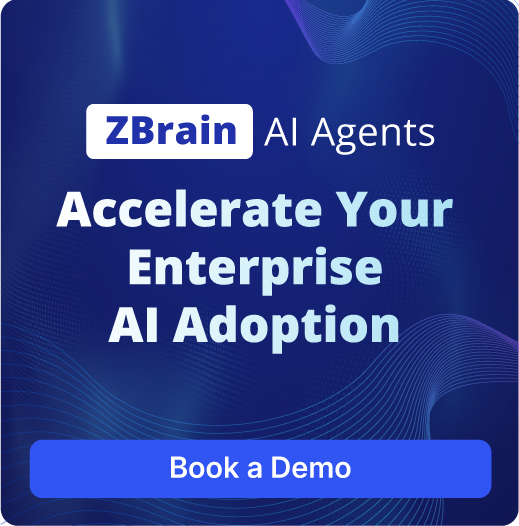Streamline Legal Document Redaction for Compliance with ZBrain AI Agents
Designed to simplify the intricacies of compliance processes in legal settings, ZBrain AI Agents for Document Redaction expertly manage the complex task of redacting sensitive information from documents. These AI agents enhance usability by efficiently executing sub-processes such as PII redaction, essential for safeguarding sensitive information. Through the automation of these tasks, ZBrain AI Agents alleviate the burden of manually redacting personal data, ensuring that legal documents remain compliant with privacy regulations while maintaining accuracy and speed. Legal teams can rely on these agents to precisely identify and redact personally identifiable information (PII), allowing them to allocate valuable resources to more strategic and impactful activities. With their advanced capabilities, ZBrain AI Agents provide robust support to legal departments in ensuring document compliance. By actively performing complex tasks such as data categorization, text analysis, and context evaluation, these agents are adept at differentiating between necessary and superfluous information. This allows for thorough redaction without compromising the integrity of the document. Additionally, the dynamic adaptability of ZBrain AI Agents allows them to easily integrate into existing workflows, augmenting productivity and maintaining high standards of accuracy and confidentiality. These benefits make ZBrain AI Agents a reliable and indispensable tool for any legal team committed to effective compliance and efficient document management.


 Live
Live